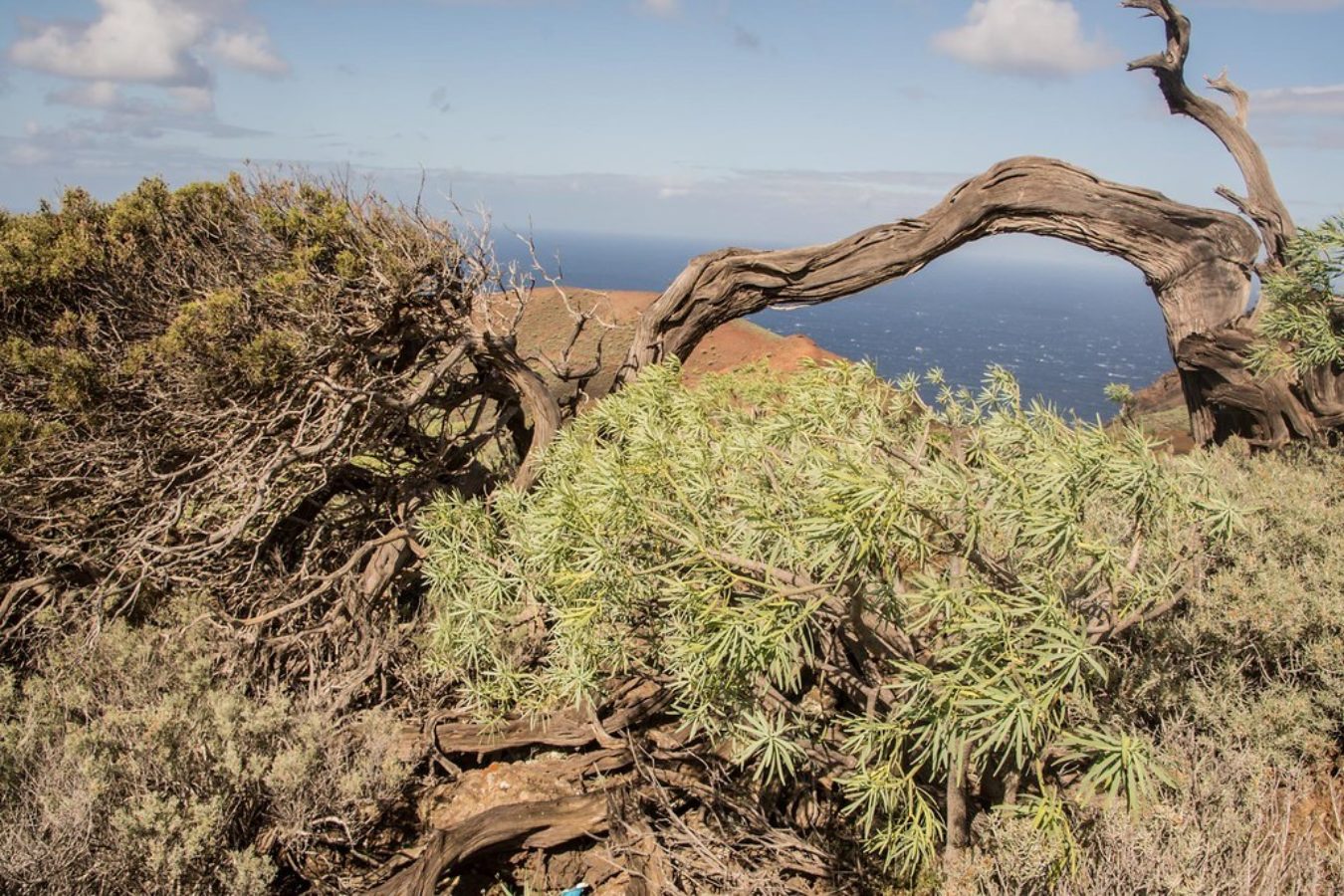Cupressaceae
Juniperus turbinata
Juniperus turbinata is widespread but scattered, and mainly limited to the coast of the Mediterranean, where it often occurs in or close to urbanized coastal strips, where much of the habitat has been irreversibly destroyed .
Description
Taxonomic note:
This species was formerly recognised as a subspecies of Juniperus phoenicea. Its status has changed following a series of recent range wide reviews (see bibliography)
Human Uses
No specific uses have been recorded for this species.
References and further reading
- Adams, R., Boratynski, A., Arista, M., Schwarzbach, A.E., Leschner, H., Liber, Z., Minissale, P., Mataraci, T. and Manolis, A. (2013) Analysis of Juniperus phoenicea from throughout its range in the Mediterranean using DNA sequence data from nrDNA and petN-psbM: The case for the recognition of J. turbinata Guss. Phytologia 95(2): 202-209
- El Bana, M., K. Shaltout, A. Khalafallah & H. Mosallama (2010) Ecological status of the Mediterranean Juniperus phoenicea L. Relicts in the desert mountains of North Sinai, Egypt. Flora 205:171-178.
- Farjon, A. (2015) Juniperus turbinata. The IUCN Red List of Threatened Species 2015: e.T16349692A84434669. Downloaded on 19 July 2016.
- Lebreton, P. and P. L. Perez de Paz. (2001) Définition du Genévrier de Phénicie (Juniperus aggr. phoenicea), reconsidéré à ses limites biogéographiques : Méditerranée orientale (Crète et Chypre) et Atlantique (Iles Canaries). Bull. mens. Soc. linn. Lyon, 70(4) : 73-92.
- Mazur, M., Minissale, P., Sciandrello, S. and Boratyński, A. (2014) Morphological and ecological comparison of populations of Juniperus turbinata Guss. and J. phoenicea L. from the Mediterranean region. Plant Biosystems DOI:10.1080/11263504.2014.994579.
- Minissale, P. & S. Sciandrello (2013) A relic wood of Juniperus turbinata Guss. (Cupressaceae) in Sicily: Structural and ecological features, conservation perspectives. Plant Biosystems - An International Journal Dealing with all Aspects of Plant Biology, 147(1)145-157, DOI: 10.1080/11263504.2012.743931





